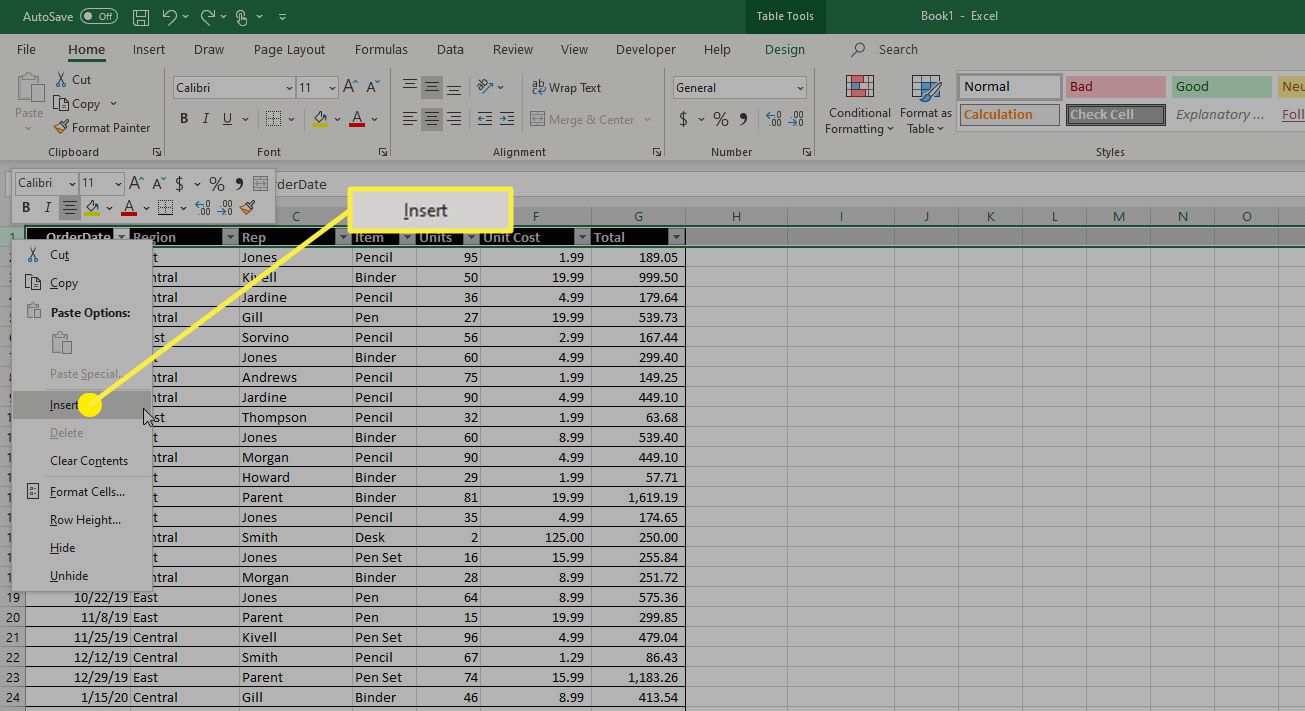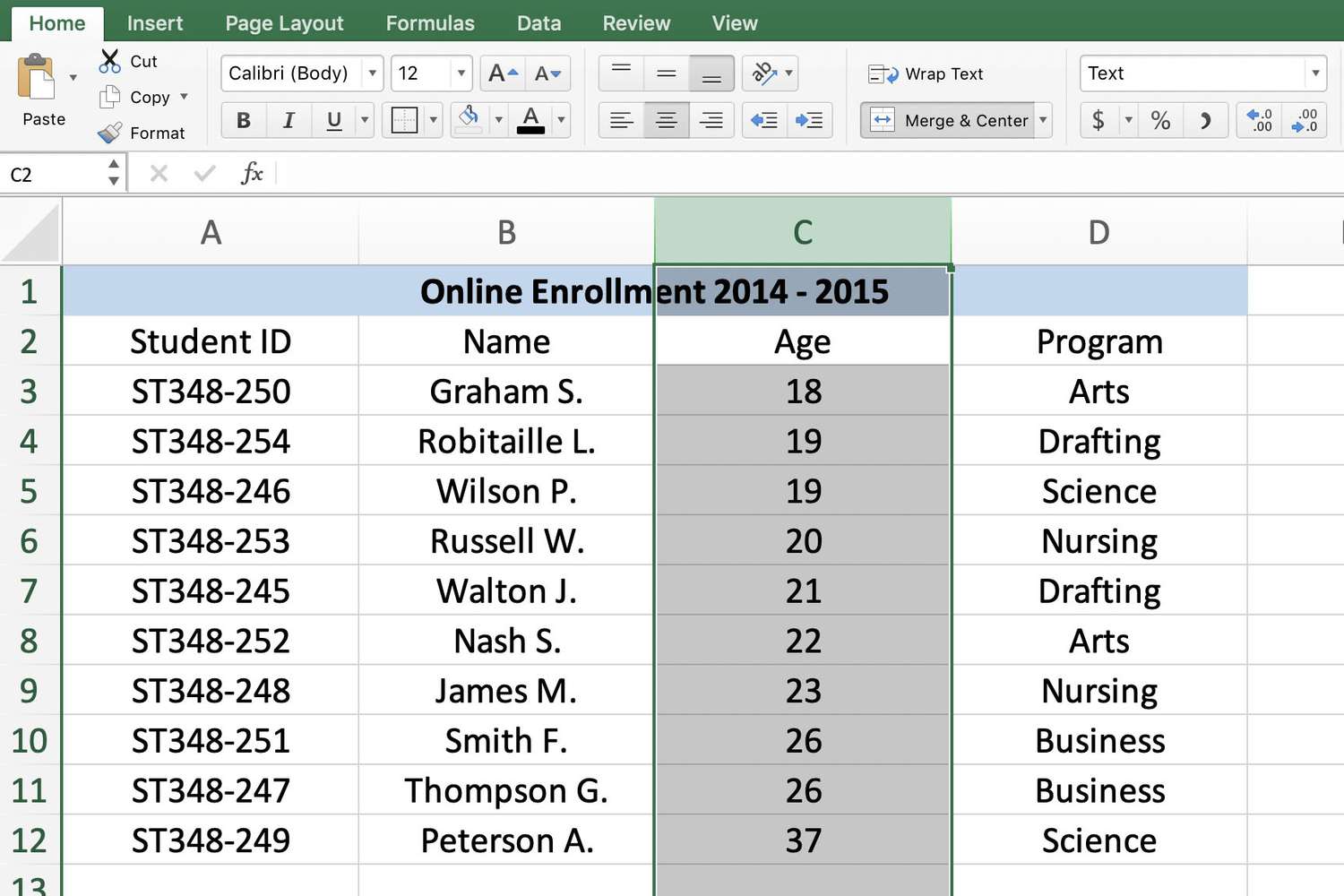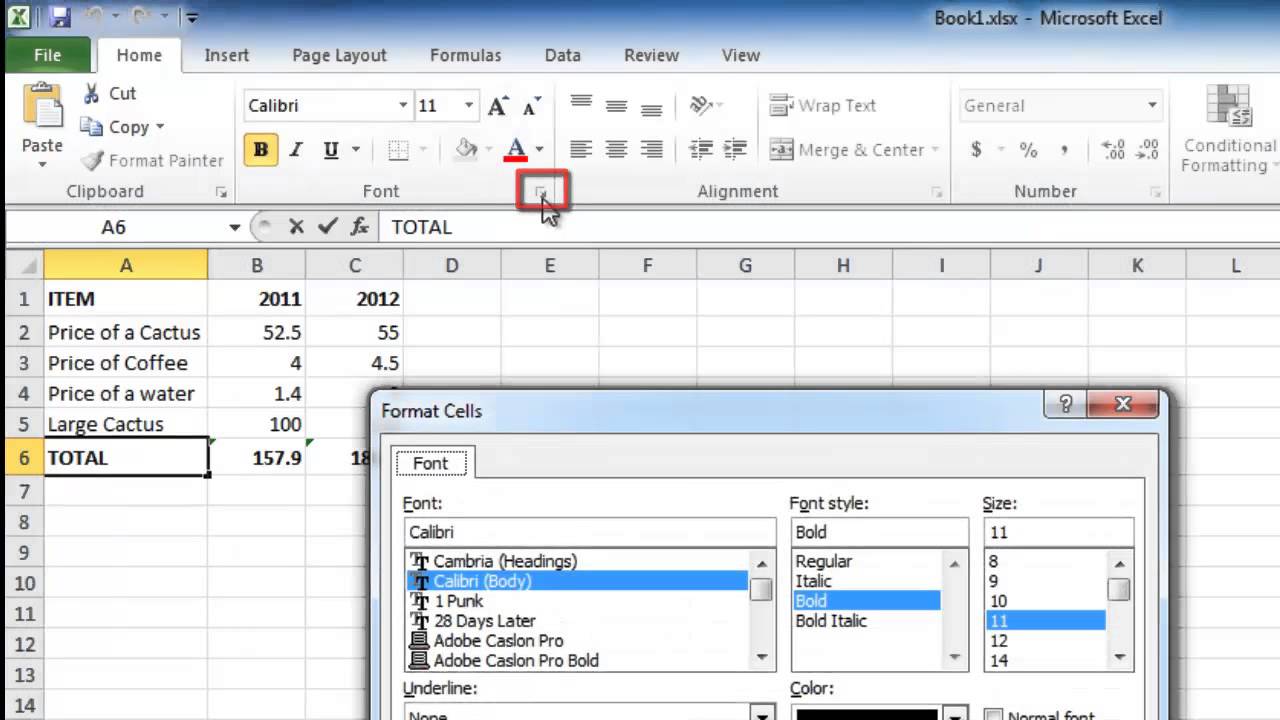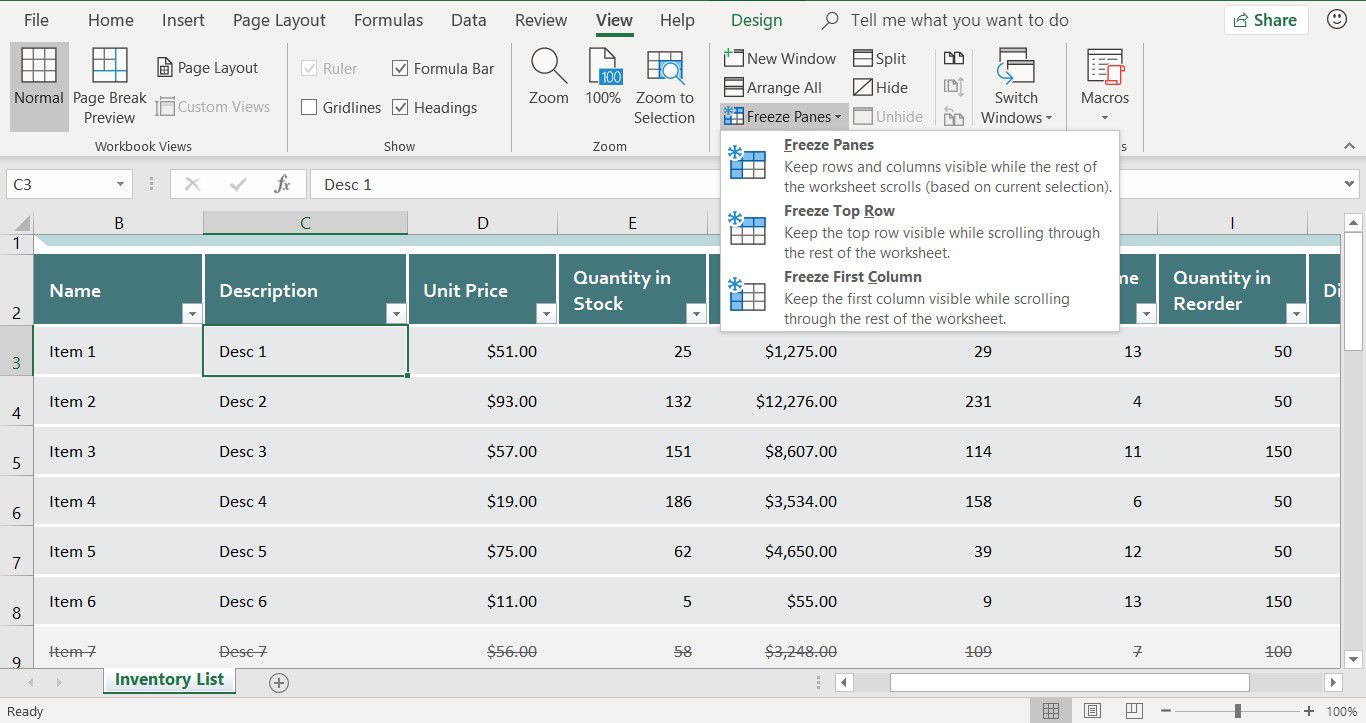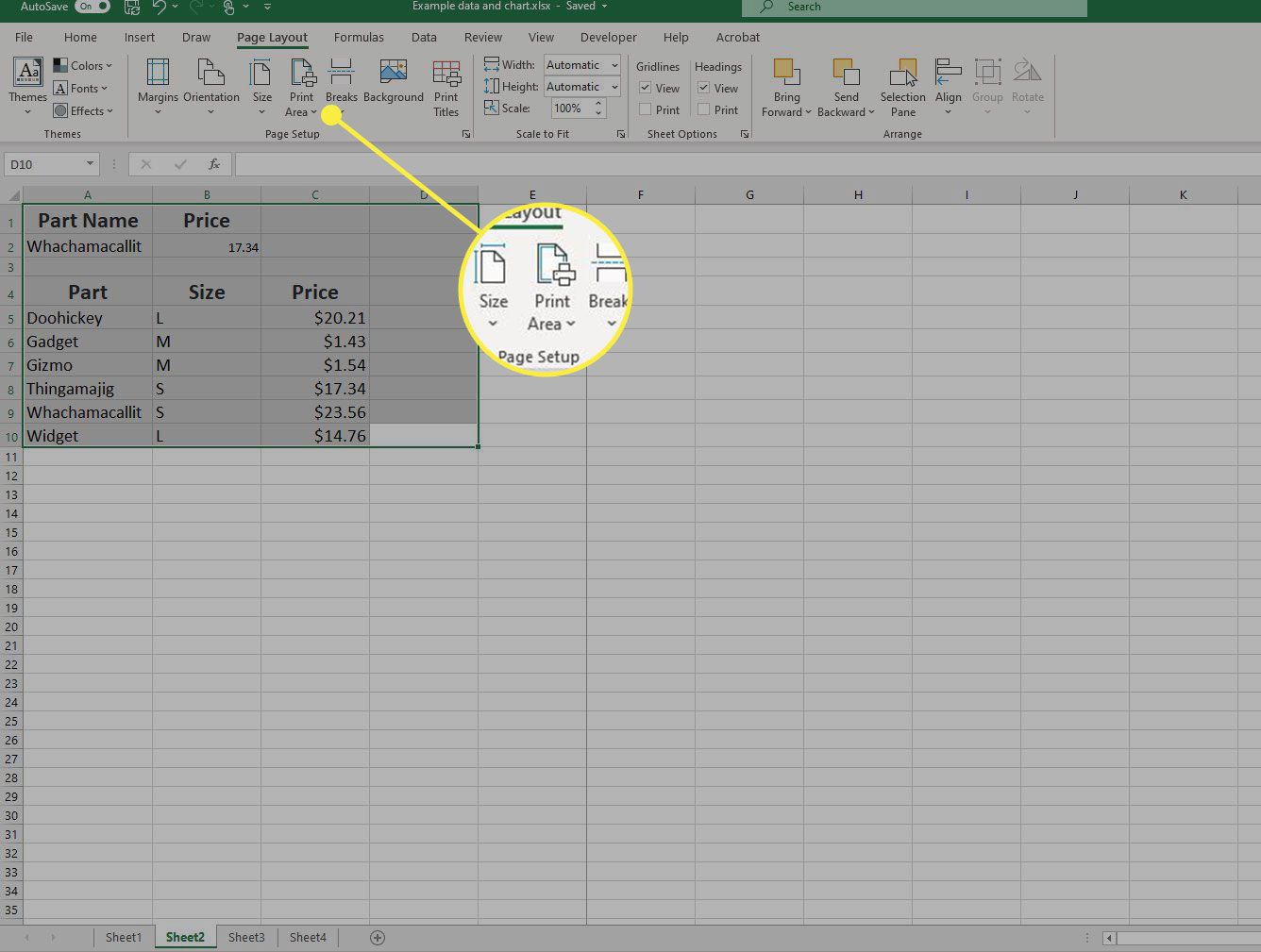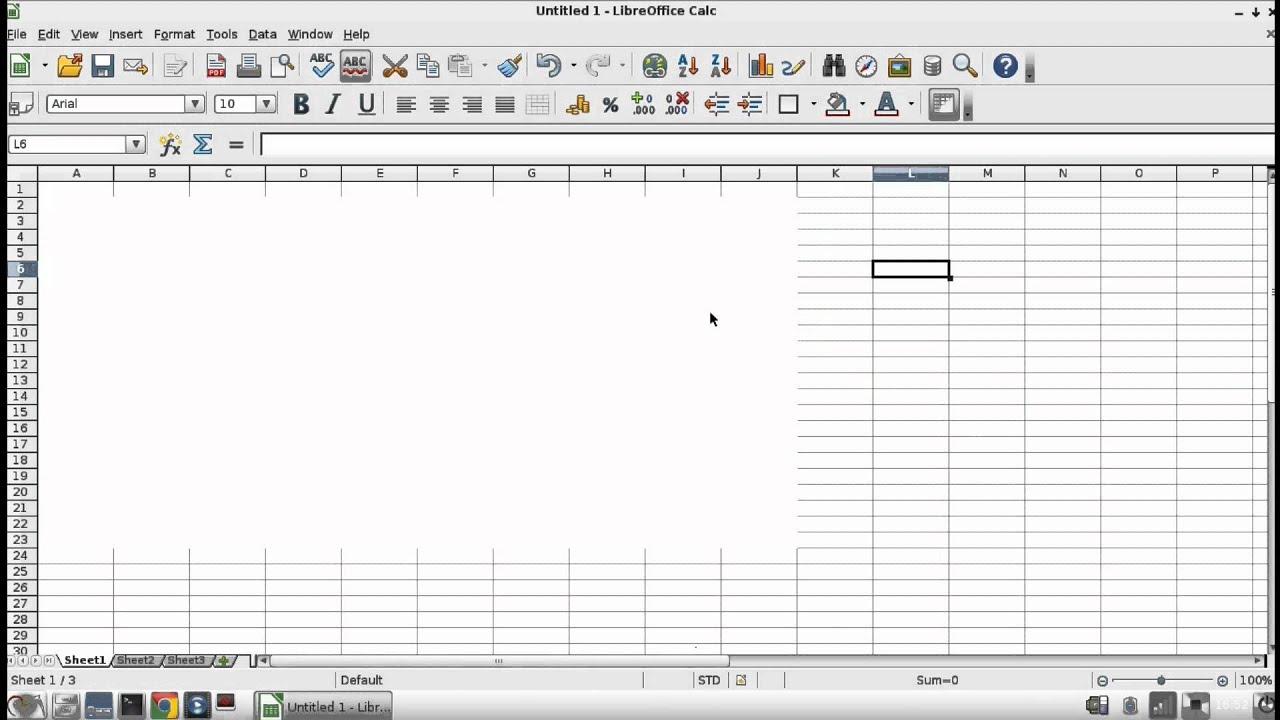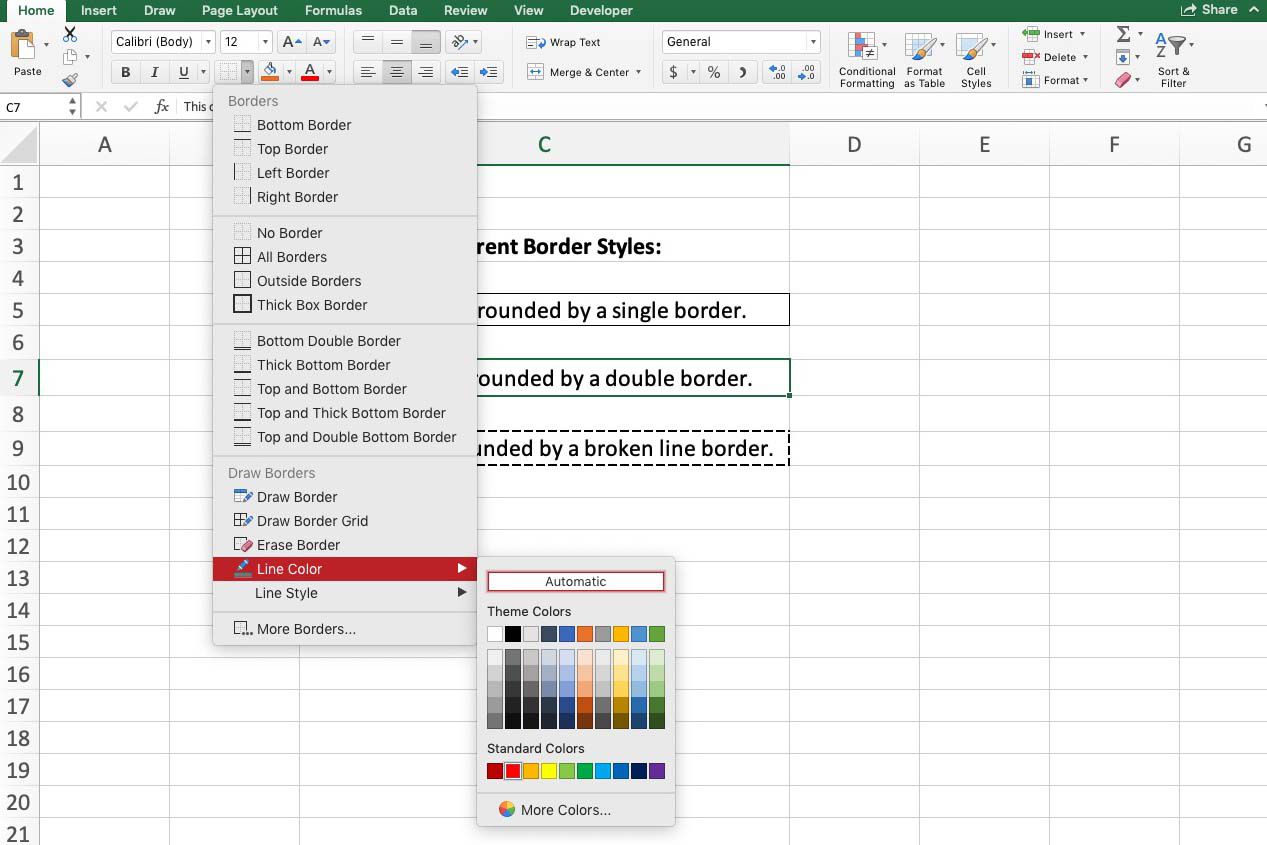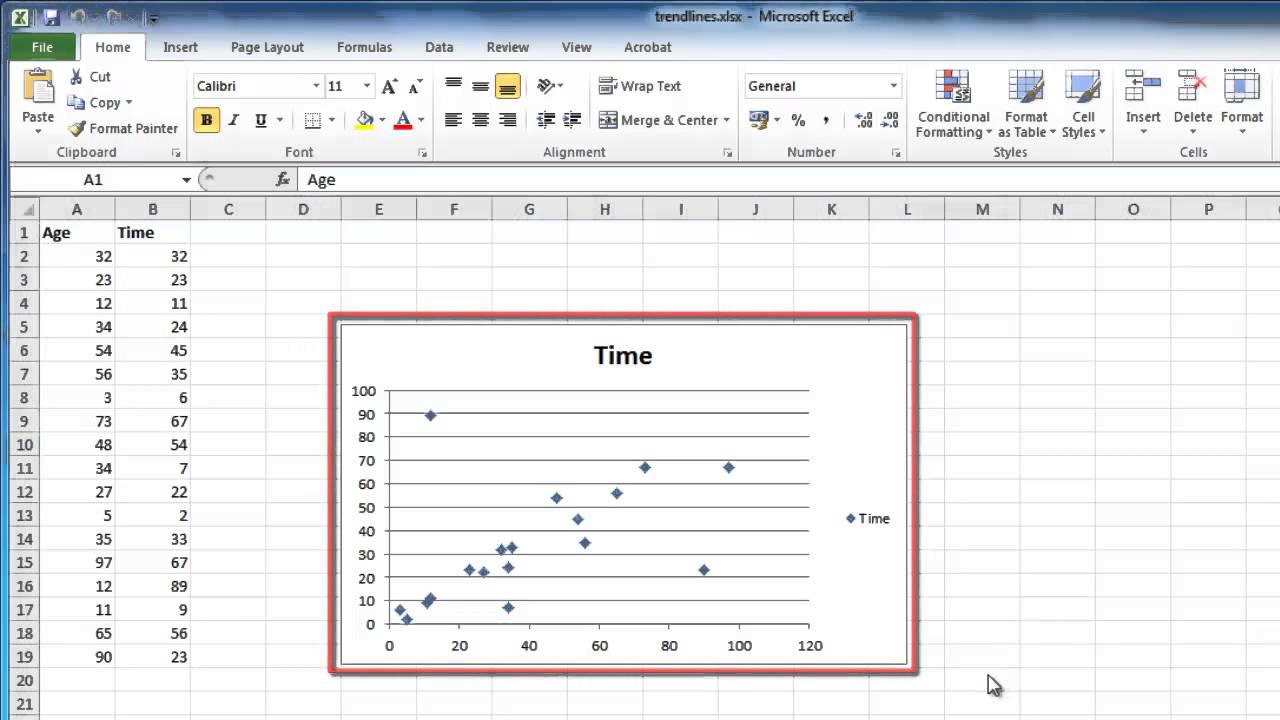Home>Technology and Computers>How To Move A Column In Excel


Technology and Computers
How To Move A Column In Excel
Published: February 29, 2024
Learn how to easily move a column in Excel with our step-by-step guide. Master the technology and computers aspect of Excel with our expert tips.
(Many of the links in this article redirect to a specific reviewed product. Your purchase of these products through affiliate links helps to generate commission for Noodls.com, at no extra cost. Learn more)
Table of Contents
Introduction
Excel is a powerful tool that allows users to organize, analyze, and manipulate data with ease. Whether you are a seasoned professional or a novice user, understanding how to efficiently manage data within Excel is essential for maximizing productivity. One common task that users often need to perform is moving a column within a spreadsheet. This seemingly simple action can have a significant impact on the overall structure and organization of your data.
In this article, we will explore various methods for moving a column in Excel. From the traditional cut and paste technique to more advanced features such as drag and drop, we will cover the step-by-step process for each method. By the end of this article, you will have a comprehensive understanding of how to rearrange columns within your Excel spreadsheets, empowering you to work more efficiently and effectively with your data. So, let's dive in and discover the different ways to move a column in Excel!
Read more: How To Move Rows In Excel
Understanding the Structure of Excel Columns
In Excel, columns play a crucial role in organizing and presenting data. Each column is identified by a letter at the top of the spreadsheet, starting with the letter "A" for the first column, "B" for the second column, and so on. Understanding the structure of Excel columns is fundamental to effectively manipulating and repositioning data within a spreadsheet.
Columns in Excel are not only placeholders for data but also serve as a means of categorizing and segregating information. When working with large datasets, columns provide a clear delineation between different types of data, allowing users to maintain a structured and organized layout.
Furthermore, each column can contain a specific type of data, such as text, numbers, dates, or formulas. This diversity in data types enables users to perform various calculations, analyses, and manipulations within the spreadsheet.
Excel also allows users to adjust the width of columns, providing flexibility in the presentation of data. By resizing columns, users can ensure that the content is displayed in a visually appealing and comprehensible manner.
Understanding the structure of Excel columns involves recognizing the interconnectedness of columns with other elements of the spreadsheet, such as rows, cells, and formulas. Columns interact with rows to form cells, which are the individual units where data is entered and stored. Formulas and functions can be applied to columns to perform calculations and data manipulations, further enhancing the utility of the data.
In addition, Excel provides features for freezing and hiding columns, allowing users to customize the visibility and accessibility of specific columns based on their preferences and requirements.
By comprehending the structure and functionality of Excel columns, users can leverage this knowledge to effectively navigate, organize, and manipulate data within their spreadsheets. This understanding forms the foundation for mastering the art of moving columns and optimizing the layout of Excel spreadsheets to suit specific needs and objectives.
Moving a Column Using Cut and Paste
Moving a column in Excel using the cut and paste method is a straightforward yet powerful technique that allows users to seamlessly rearrange data within a spreadsheet. This method is particularly useful when you need to relocate a column to a different position while maintaining the integrity of the data.
To begin, select the entire column that you want to move. You can do this by clicking on the column letter at the top of the spreadsheet. Once the column is selected, you can proceed to cut the column by using the "Cut" command. This can be done by right-clicking on the selected column and choosing the "Cut" option from the context menu, or by using the keyboard shortcut Ctrl+X.
After cutting the column, navigate to the desired location within the spreadsheet where you want to insert the column. Select the column to the right of the position where you want to place the cut column. Then, use the "Paste" command to insert the cut column into the new location. You can do this by right-clicking on the selected column and choosing the "Paste" option from the context menu, or by using the keyboard shortcut Ctrl+V.
Upon pasting the cut column, Excel will seamlessly reposition the data, shifting the existing columns to accommodate the newly inserted column. This ensures that the data remains organized and coherent, maintaining the relationships between the different elements within the spreadsheet.
It's important to note that when using the cut and paste method to move a column in Excel, any existing data in the destination column will be overwritten by the pasted column. Therefore, it's advisable to ensure that the destination column is either empty or does not contain critical data that could be inadvertently replaced.
The cut and paste method provides a simple yet effective way to relocate columns within an Excel spreadsheet, offering users the flexibility to restructure their data with precision and control. By mastering this technique, users can confidently manipulate the layout of their spreadsheets to suit their specific analytical and presentation needs.
Moving a Column Using Drag and Drop
Moving a column in Excel using the drag and drop method provides a convenient and intuitive way to rearrange data within a spreadsheet. This approach offers a visual and interactive way to reposition columns, allowing users to seamlessly adjust the layout of their data with ease.
To initiate the drag and drop process, begin by selecting the entire column that you want to move. You can achieve this by clicking on the column letter at the top of the spreadsheet. Once the column is selected, position the cursor over the selected column until the cursor changes to a four-sided arrow icon, indicating that the column is ready to be moved.
With the cursor in the appropriate position, click and hold the left mouse button to grab the selected column. As you continue holding the mouse button, drag the column to the desired location within the spreadsheet. While dragging the column, you will notice a vertical insertion line that indicates the position where the column will be placed upon release.
Once you have positioned the column at the desired location, release the mouse button to drop the column into its new placement. Excel will seamlessly reposition the column, adjusting the layout of the spreadsheet to accommodate the moved column. This dynamic visual feedback provides users with a real-time preview of the column's new position, enhancing the interactive nature of the drag and drop method.
One of the key advantages of using the drag and drop method to move a column in Excel is the immediate visual feedback it offers. Users can effortlessly observe the impact of the column movement on the overall layout of the spreadsheet, allowing for quick adjustments and precise positioning.
Furthermore, the drag and drop method is particularly beneficial for users who prefer a more hands-on and interactive approach to data manipulation. By leveraging this method, users can intuitively reorganize their data, fostering a more engaging and dynamic spreadsheet management experience.
Mastering the drag and drop method empowers users to efficiently rearrange columns within their Excel spreadsheets, providing a seamless and visually intuitive approach to data organization and presentation. This method exemplifies the user-friendly nature of Excel, offering a dynamic and interactive way to manage and optimize the layout of data within a spreadsheet.
Moving a Column Using the Insert Cut Cells Feature
Moving a column in Excel using the "Insert Cut Cells" feature provides a precise and efficient method for repositioning data within a spreadsheet. This feature offers a seamless way to relocate a column while maintaining the integrity of the existing data and structure of the spreadsheet.
To utilize the "Insert Cut Cells" feature, begin by selecting the entire column that you want to move. This can be achieved by clicking on the column letter at the top of the spreadsheet. Once the column is selected, navigate to the "Home" tab in the Excel ribbon and locate the "Cut" button in the "Clipboard" group. Clicking the "Cut" button will remove the selected column and place it in the clipboard, ready to be inserted into a new location.
Next, select the column to the right of the position where you want to place the cut column. Once the destination column is selected, navigate to the "Home" tab and click on the "Insert" dropdown menu in the "Cells" group. From the dropdown menu, choose the "Insert Cut Cells" option. This action will seamlessly insert the cut column into the selected position, shifting the existing columns to accommodate the newly inserted column.
The "Insert Cut Cells" feature ensures that the data within the moved column is accurately repositioned, maintaining the relationships and structure of the spreadsheet. Unlike the traditional cut and paste method, the "Insert Cut Cells" feature offers a more controlled and precise approach to moving columns, minimizing the risk of inadvertently overwriting existing data in the destination column.
One of the notable advantages of using the "Insert Cut Cells" feature is its ability to seamlessly integrate the cut column into the new location without overwriting existing data. This feature preserves the content of the destination column, ensuring that no data is lost during the column movement process.
By mastering the "Insert Cut Cells" feature, users can confidently manipulate the layout of their Excel spreadsheets, leveraging a precise and controlled method for repositioning columns. This feature exemplifies the versatility and precision of Excel, providing users with a powerful tool for managing and optimizing the arrangement of data within their spreadsheets.
Read more: How To Move Cells In Excel
Moving a Column Using the Insert Copied Cells Feature
Moving a column in Excel using the "Insert Copied Cells" feature offers a precise and efficient method for repositioning data within a spreadsheet. This feature provides users with a seamless way to relocate a column while preserving the integrity of the existing data and the overall structure of the spreadsheet.
To initiate the process, begin by selecting the entire column that you want to move. This can be accomplished by clicking on the column letter at the top of the spreadsheet. Once the column is selected, navigate to the "Home" tab in the Excel ribbon and locate the "Copy" button in the "Clipboard" group. Clicking the "Copy" button will copy the selected column to the clipboard, ready to be inserted into a new location.
Next, select the column to the right of the position where you want to place the copied column. Once the destination column is selected, navigate to the "Home" tab and click on the "Insert" dropdown menu in the "Cells" group. From the dropdown menu, choose the "Insert Copied Cells" option. This action seamlessly inserts the copied column into the selected position, shifting the existing columns to accommodate the newly inserted column.
The "Insert Copied Cells" feature ensures that the data within the copied column is accurately repositioned, maintaining the relationships and structure of the spreadsheet. This method provides a controlled and precise approach to moving columns, minimizing the risk of inadvertently overwriting existing data in the destination column.
One of the notable advantages of using the "Insert Copied Cells" feature is its ability to seamlessly integrate the copied column into the new location without overwriting existing data. This feature preserves the content of the destination column, ensuring that no data is lost during the column movement process.
By mastering the "Insert Copied Cells" feature, users can confidently manipulate the layout of their Excel spreadsheets, leveraging a precise and controlled method for repositioning columns. This feature exemplifies the versatility and precision of Excel, providing users with a powerful tool for managing and optimizing the arrangement of data within their spreadsheets.
Conclusion
In conclusion, mastering the art of moving columns in Excel is a valuable skill that empowers users to efficiently organize and manipulate data within their spreadsheets. By exploring the various methods for moving columns, including cut and paste, drag and drop, and the use of the "Insert Cut Cells" and "Insert Copied Cells" features, users can tailor their approach based on the specific requirements of their data management tasks.
Each method offers unique advantages, catering to different preferences and scenarios. The traditional cut and paste method provides a straightforward way to relocate columns, while the drag and drop method offers an interactive and visually intuitive approach. On the other hand, the "Insert Cut Cells" and "Insert Copied Cells" features provide precise and controlled methods for repositioning columns, minimizing the risk of data loss or overwriting existing content.
By understanding the structure of Excel columns and the interconnectedness of data within a spreadsheet, users can leverage these methods to seamlessly rearrange their data while maintaining the integrity and organization of their spreadsheets. Whether it's reordering columns to enhance data presentation or optimizing the layout for analytical purposes, the ability to move columns with precision and control is essential for maximizing productivity and efficiency in Excel.
Furthermore, the flexibility and versatility of Excel's column manipulation features underscore the adaptability of the software to diverse user needs. Whether working with financial data, project timelines, inventory lists, or any other type of information, Excel provides a robust set of tools for managing and organizing data effectively.
In essence, the proficiency in moving columns within Excel reflects a deeper understanding of the software's capabilities and empowers users to tailor their spreadsheets to meet specific objectives. As users continue to explore and master these techniques, they will unlock the full potential of Excel as a dynamic and indispensable tool for data management and analysis.
